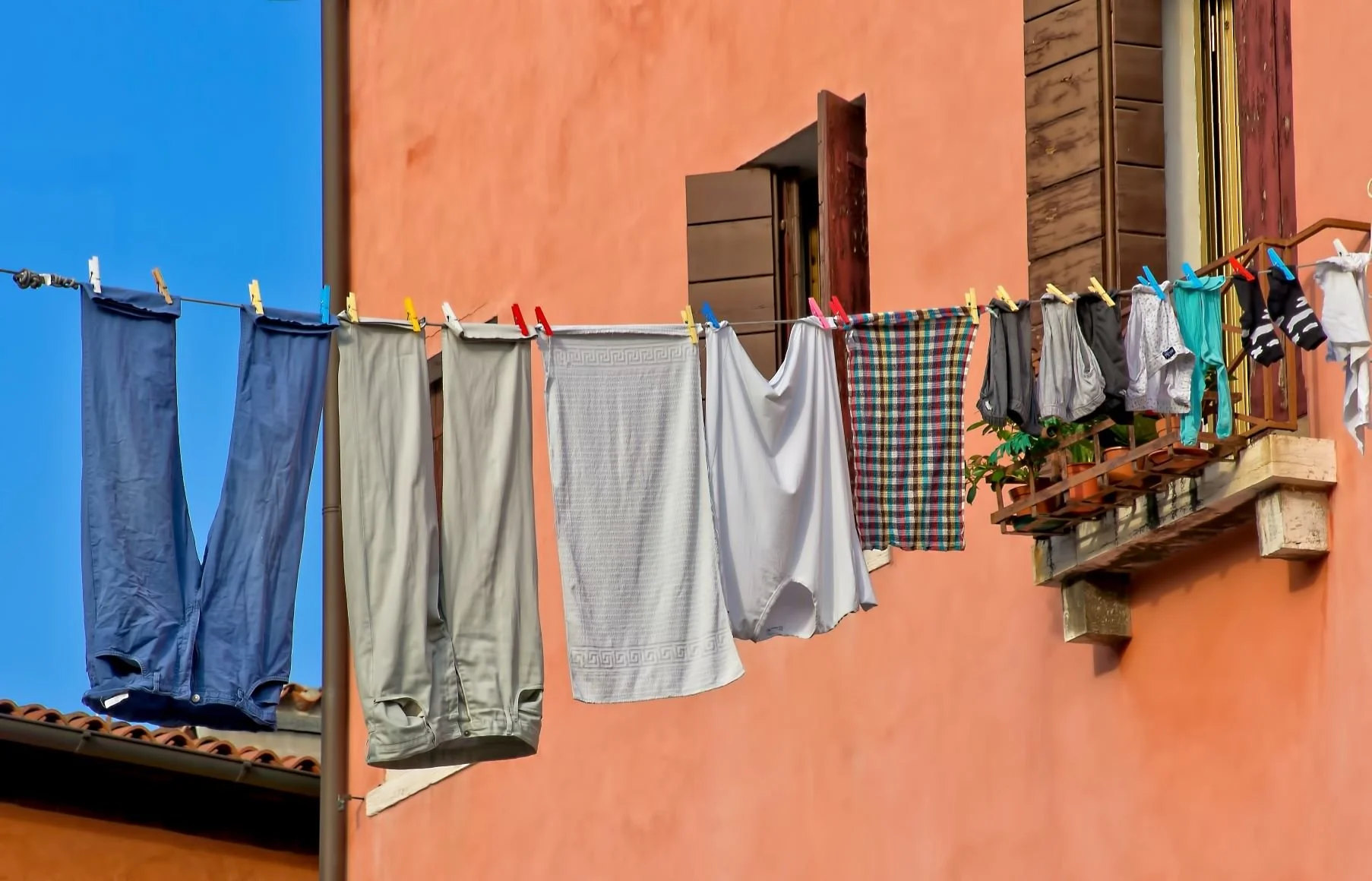Coffee Break: Who’s Wearing the Pants in This Story?
Admittedly, that’s a terrible pun. But the image of pants hanging ordered on a laundry line proved an irresistible entry into the question of which technique, Pantsing (discovering the story as you write) or Plotting (planning out the story before you start writing), best describes any of us writers. The question is an artifact, a “what pigeon hole do I belong in?” worry from what I call the Era of Box-Thinking. To Box-Think is to be stuck in the either/or mentality of labels that has well served those in power by keeping them in power for centuries.
Until one fateful day, when some ordinary soul among us asked, “Why can’t I be both?” For some of us the boxes quickly evolved. The walls fell, leaving us nodes in the Network-Thinking that makes thought fluid. Why can’t we be both? Basically, because the Box-Thinkers don’t feel comfortable when we take down the walls.
Here’s a creative challenge: Imagine the difference between plotting and pantsing as a road, often twisty, running between two towns: Pants and Plots. Now imagine your writing is the vehicle that can travel between those towns, stopping to take in the scenery whenever you feel like stopping.
Of course, you may plant your vehicle—your writing—in either town and refuse to leave, but getting out on the road helps your vehicle run smoother. And you don’t want to miss the differing Points of View you might notice in your travels. The reasoning of this mind-play is to create a concrete means of seeing that none of us are one or the other. We’re living in a both/and world. We’re all pantsers. We’re all plotters. It all depends on what our stories need.
But the image of pants hanging ordered on a laundry line proved an irresistible entry into the question of which technique, Pantsing (discovering the story as you write) or Plotting (planning out the story before you start writing), best describes any of us writers.
I bring this up because in my previous blog entry, my approach to beginning my novel read as an ode to pantsing. True enough, but perhaps it only looked as though I wasn’t following my own strict outline of How to Begin. I simply replayed my own version of meditative inquiry (how’s that for pretension?) that I’ve developed over years of learning what works for me.
I noodle about until my conscious mind is far enough off-line that my subconscious can slip a word or image into the signal. That distraction is how I found out my protagonist is female, a teenager wearing an oversized yellow sweater. Her dyed-blonde hair has dark roots. Her skin is medium-toned and rosy-cheeked with good health, but she is seated in a wheelchair. Why the wheelchair? She hasn’t yet told me.
To find out, I’ll have to drive toward Plots to ask some definitive questions to get the telling details I need to work into the beginning. Having announced that I’m not an outliner in the least, I will then outline in notes to myself, typed in all-caps, directly into the text of the draft.
And so the back and forth between Plots and Pants begins. I ask the characters what’s going on (writing by the seat of one’s pants) and then immediately write up notes about what to write next (plotting out the next move). I’m not the storyteller here. My teenage girl is the teller of this story. I’m just writing it down.
This process is now as unconscious to me as driving a car eventually became. A muscle memory. Explore my process and easily find more effective and efficient means of getting the same work done. Alas, efficacy and efficiency aren’t the source of creativity in any pursuit. The questions the imagination asks are not about how to be more productive. The problem it wants solved is how to locate the treasure to be had in every story. In the end, the only difference between plotting and pantsing is at what point in the treasure hunt does one take the time to draw up the ma? You’re going to Outline a lot or Revise a lot. Those are your choices.
No matter where we start or stop on the spectrum between the two methods, we will always be writing each page longer than we expected and making more changes than we would dare to count. We, the writers, are not after the treasure. We’re after the thrills, surprises, romances, and reversals of fortune in the hunt. What we’re after is the pure gold of a reader’s “I couldn’t put it down.” However you get there, whatever your method—that process is what makes your story yours.
Writing Exercise
Think about the patterns you have already noticed in your own way of writing. Make a list of those. Now make a list of the patterns you believe you should have or want to have. Can you write a perspective in which you see that your process is full of moments when you are using those longed-for traits? Bonus Points: Write an appreciative description of your process as it stands now.
Photo by Ricardo Gomez Angel on Unsplash

